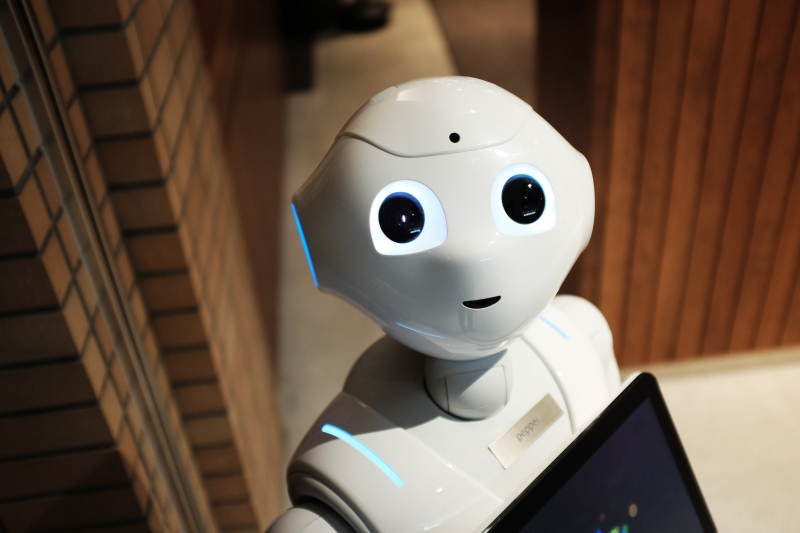Alien atmospheres recreated on Earth. Researchers have recreated the chemistry of atmospheres on distant planets for the first time in the lab. They found that hazes, such as the hydrocarbons that shroud Saturn's moon Titan, can be produced on a class of exoplanets known as super-Earths and mini-Neptunes. Chemical hazes and clouds can influence surface temperature and the potential for a planet to support life.
Six-legged robots get closer to nature. Tokyo Tech researchers have uncovered new ways of driving multi-legged robots by means of a two-level controller. The proposed controller uses a network of so-called non-linear oscillators that enables the generation of diverse gaits and postures, which are specified by only a few high-level parameters. The study inspires new research into how multi-legged robots can be controlled, including in the future using brain-computer interfaces.
Instagram for immune system. Hollings Cancer Center researchers use mass cytometry to take images of immune system. It’s possible thanks to artificial intelligence, machine learning combined with algorithms that can make a very complex system easy to visualize. The technique offers a powerful platform for high dimensional analysis of patients' blood on the single cell level and for predicting patient response to treatment, among other applications.
AI meets robotics for a win. The University of Texas, Austin team is incorporating artificial intelligence into its machines so that they can deal with real-world situations. Along with learning to decipher social cues and carrying out instructions, they’re playing football as part of an international "RoboCup" initiative, which has set itself the challenge of building a team capable of beating the men's World Cup winners by 2050.
Smart glass for every home. University of Delaware researchers developed panels that can switch between allowing light in and blocking it out. This "smart glass" technology could be utilized in eco-friendly windows, windshields, roof panes and building envelopes, absorbing light and heat in the winter and reflecting it away in the summer. The best part? It’s ten times cheaper than existing products.




